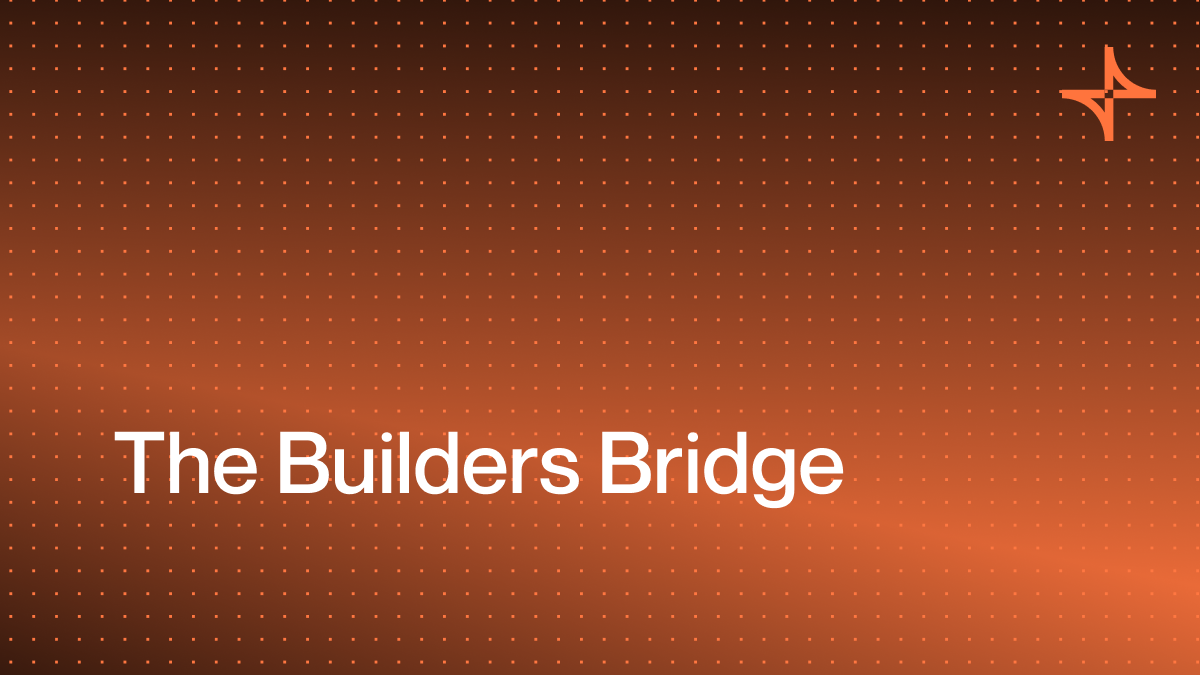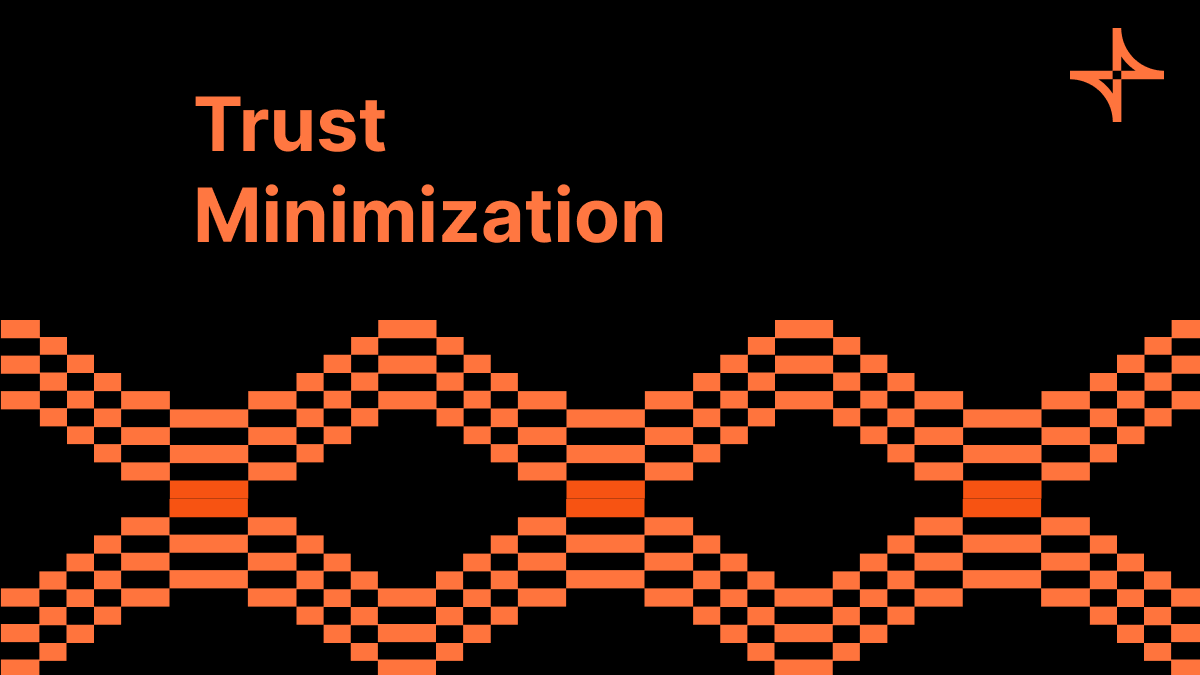Multisigs to Meritocracy: the Path to Decentralized Governance

Governance lies at the heart of any protocol. From withdrawing user funds to pausing the transfer of funds altogether, governance controls how the protocol will look, function, and perform.
As interoperability layers underpin the infrastructure for cross-chain applications, governance is not just important—it's imperative. It ensures sustainability and fosters trust among community members. The sustainability of blockchain technology and the trust it inspires within the community is intrinsically tied to the quality of governance.
Therefore, with Sygma, establishing a well-rounded and participatory governance system from the onset is critical. We must focus on creating a governance model that promotes equitability and inclusiveness. In doing so, we will create a more resilient, reliable, and trust-inspiring ecosystem that will better serve the long-term needs of users.
Exploring current interoperability governance models
Governance is an evolving construct with many unique challenges and approaches. The two most common methods involve using a mixture of multisig wallets and governance tokens with varying levels of access to protocol parameters.
Token-based governance
Token-based governance models are popular with many interoperability protocols. In this setup, the community, represented via a governance token, steers the course of the protocol.
While this model brings a level of decentralization, it's not without challenges. The distribution of power often leans heavily towards the team and investors, and substantial influence rests in the hands of a few entities.
Multisigs
On the other hand, multisigs place the control of the governance in the hands of a select group of partners. These bridges are implemented through Proof-of-Authority (PoA) consensus and are pretty basic and straightforward. Despite the simplicity and ease of use in the early stages of a protocol, they usually become highly centralized, often with no checks and balances, and lacking transparency.
This drawback has led to numerous hacks, including Ronin, recently Poly, etc. In many of these cases, the issue was a vulnerability in the multisig used by the bridge.
A contributor-owned protocol
Recognizing the challenges of current governance models, we propose an alternative: Sygma, a contributor-owned interoperability layer for building cross-chain applications.
Core principles:
Sygma's governance system is based on three fundamental principles:
- Meritocracy: rewarding contributors with governance power based on the impact of their contributions, ensuring that control of the protocol can't be bought or traded.
- Pluralism: encouraging diversity and aiming to involve a variety of contributors in shaping the protocol's future.
- Transparency: clear insights into governance weights and the accumulation of power, setting a new standard in governance transparency.
Becoming decentralized
Sygma is on a journey to becoming a fully decentralized protocol, and we invite all contributors to join us. Our roadmap for governance transition spans the next 12-18 months and consists of two key phases:
Phase one: empowering network operators
Network operators shoulder the most responsibility in ensuring the seamless functioning of the network. During Sygma's formative phase, the operators responsible for running relayers, supplying liquidity, and performing other essential protocol maintenance services will get priority onboarding. This priority is due to their indispensable role and, more importantly, their well-earned reputation for reliability.
While we strive to uphold these standards, a select group of multisig authorities will initially manage the governance. However, to experiment with more democratic mechanisms, we will progressively introduce token-based systems to gauge and weigh contributions effectively.
In tandem with these changes, we plan to enhance the duties of the Relayer Operator Community. This increased involvement will foster a robust, participative ecosystem, further improving the overall effectiveness and resilience of the network.
Moreover, we're eager to explore methods of measuring contributions based on key performance indicators specific to Relayer Operation. Metrics such as uptime, responsiveness, and the volume of messages signed will become increasingly significant in our evaluation process. These measures will ensure we continually recognize and reward excellence in our growing community.
Phase two: extending governance to all contributors
As we lay the groundwork for Sygma's early-stage governance processes, we’re gearing up to launch a comprehensive contributor program in Q3 2023.
The program will guide our contributors and highlight areas where their assistance is crucial. Our primary aim is to safeguard Sygma’s evolution against voter apathy or unforeseen changes, ensuring sustained community engagement.
Moving forward, by around Q4 2023, we will enter Phase Two of our development process. This phase signifies a transition from multisigs to a more refined governance model. The new model will encompass a broader spectrum of contributor-owners, including code contributors and community contributors, each crucial to Sygma's growth.
Code contributors
Code contributors play a pivotal role in our open-source platform, a fact we acknowledge and value. Despite the challenges that come with directly contributing to an open codebase, it's imperative that these contributors are recognized, and their opinions are valued. We will be rolling out governance token rewards for code contributors, recognizing their efforts and the impact of their contributions.
Community contributors
We believe in the importance of community involvement beyond just the codebase. We appreciate contributions made through discussions, research, community chat groups, and other public channels. These community contributors will also be rewarded with governance tokens for their efforts in ensuring a vibrant community.
The future is bright
We're preparing a proposal for the first phase of our governance system and plan to share this draft for community discussion soon. We're also launching a contributors program with a grants system and contribution process, to be unveiled this month. All of this is in support of our vision for decentralized, transparent, and community-owned infrastructure. The future of interoperability is wide open, and we're excited to pioneer this path with Sygma. Stay tuned—much more to come!
Contributor Program
Join our program for technical support, incentives, and a library of resources to build your cross-chain vision on Sygma. 👉here.
Community👥
Sygma connects you with the chains you want, making it possible to compose applications that work across EVM, Substrate, and Cosmos.
The strength of our project lies in our builder community. We're always looking for contributors, and Sygma’s modular architecture is designed to foster contributions and extensions.
Check out our documentation or GitHub to get started.
Have a question? Hop into our Discord 👋



